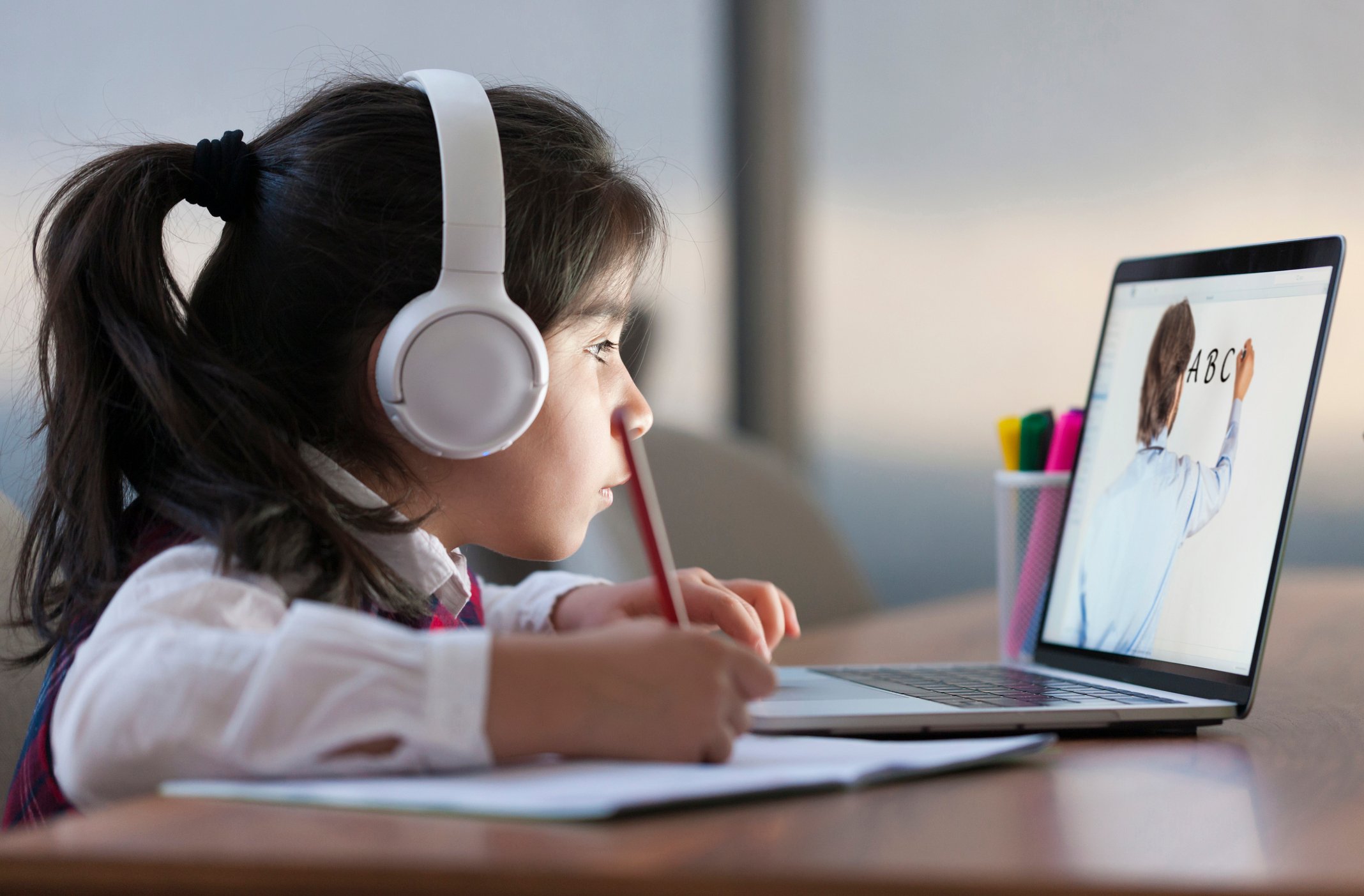
One day, my students and I left school to go on spring break.
And we never came back.
We parted ways on March 13, my 8th graders and I, some of us looking forward to family cruises, visits with family, or, in my case, redoing my whole bathroom in a week. “Can’t wait to hear about everything you guys did!” I said as the bell rang at the end of the day. “See you next week!”
But when next week came, the day we were supposed to return to school, our governor closed all of the schools in the state. We wrapped up March and moved to voluntary online learning for April and May. What will happen at the end of August is anyone’s guess. Will we return to the classroom? Will I teach entirely online, or will we find some kind of hybrid model?
At first, I was desperate to return to the classroom
Of course, I wanted to see my students. All teachers do. I’ve heard so many of my colleagues lament that they just wish things could “get back to normal.”
Normal sounds nice. Textbooks, the class novel, literature circles, the daily routine of attendance, assignments, discussions, grading, a bell every 45 minutes, sports practice after school.
But hear me out — what if, during this pandemic, we find something BETTER than normal? As an educator and mom, I can’t stop thinking what if we stop obsessing about kids “falling behind” and instead think about how the institution of school itself could “fall forward”?
As a secondary teacher and instructional coach, I’ve been doing hours of research on best practices for teaching online or in a hybrid environment. In both of these situations, students would be learning both synchronously (imagine a Zoom meeting for a whole class to watch the teacher do a demonstration, or a physical class meeting) and asynchronously (teachers set up videos and assignments on their class websites for students to move through at a time and pace that is determined by the student and their family).
I have discovered that there are so many strategies and possibilities for learning that teachers will need to implement in this unique educational situation that schools should keep them going once we are able to return to school full-time.
Incredible things happen when you “blow up” the traditional school day schedule
For so long we have been tied down to the factory style of schooling — students learn English for 45 minutes a day, then go to math, then science, as though they are on an assembly line. But if students are learning online or in a hybrid environment, teachers can collaborate in cross-curricular ways that physical scheduling would never allow.
For example, an English teacher and a social studies teacher could teach a unit or a project together that covered standards for both classes. The topics of an interdisciplinary collaboration could be anything that the students are interested in, from chocolate to baseball, and the students would receive dual credit in each subject.
Hybrid learning could also allow students at the secondary level to have time in their schedules to do all sorts of things that the rigid school day does not allow. Some students might be interested in arranging their learning around working at a job to help support their families, or at an internship in their chosen field. Others might be able to start their day later in order to get adequate sleep or to accommodate physical or mental health conditions. Taking community college credits to get ahead in their general education classes is another excellent option.
Accelerated learning could be a whole new ballgame
If students aren’t bound by being in a particular classroom with same-age peers, the possibilities for advancement are endless. Students could build their schedules around their academic needs instead of their age, allowing for gifted and motivated students to move ahead in standards and content and others to build academic intervention courses into their schedules.
Yes, all of the teachers and school administrators you know are currently in panic mode. This is a scary and unprecedented time. Maybe my Pollyannaish “bright side” attitude is annoying, but I can’t stop thinking about it. What if our school systems’ response to this health crisis changes things forever, and for the better? I, for one, am beyond excited to see what our talented teachers come up with when faced with these challenges — and I hope I’m not the only one.




